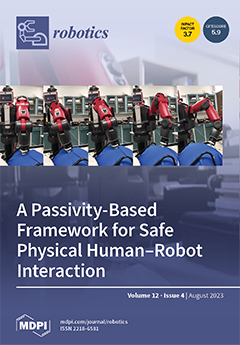The most important research area in robotics is navigation algorithms. Robot path planning (RPP) is the process of choosing the best route for a mobile robot to take before it moves. Finding an ideal or nearly ideal path is referred to as “path planning optimization.” Finding the best solution values that satisfy a single or a number of objectives, such as the shortest, smoothest, and safest path, is the goal. The objective of this study is to present an overview of navigation strategies for mobile robots that utilize three classical approaches, namely: the roadmap approach (RM), cell decomposition (CD), and artificial potential fields (APF), in addition to eleven heuristic approaches, including the genetic algorithm (GA), ant colony optimization (ACO), artificial bee colony (ABC), gray wolf optimization (GWO), shuffled frog-leaping algorithm (SFLA), whale optimization algorithm (WOA), bacterial foraging optimization (BFO), firefly (FF) algorithm, cuckoo search (CS), and bat algorithm (BA), which may be used in various environmental situations. Multiple issues, including dynamic goals, static and dynamic environments, multiple robots, real-time simulation, kinematic analysis, and hybrid algorithms, are addressed in a different set of articles presented in this study. A discussion, as well as thorough tables and charts, will be presented at the end of this work to help readers understand what types of strategies for path planning are developed for use in a wide range of ecological contexts. Therefore, this work’s main contribution is that it provides a broad view of robot path planning, which will make it easier for scientists to study the topic in the near future.
Full article





